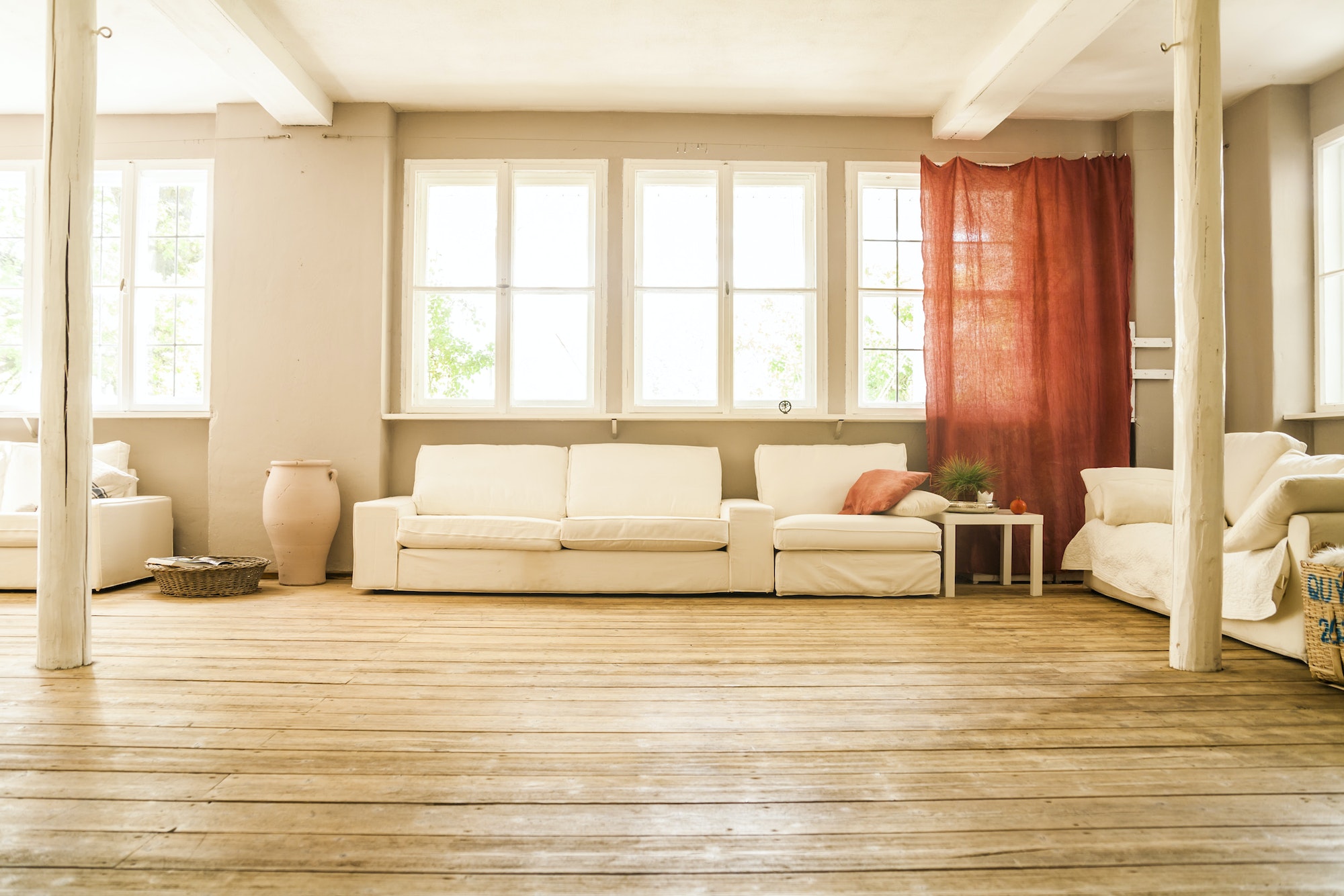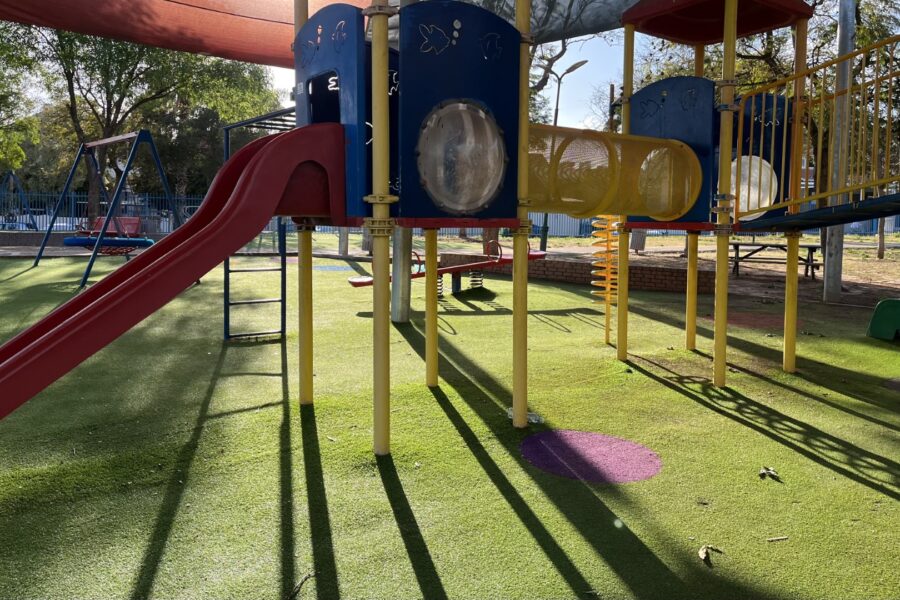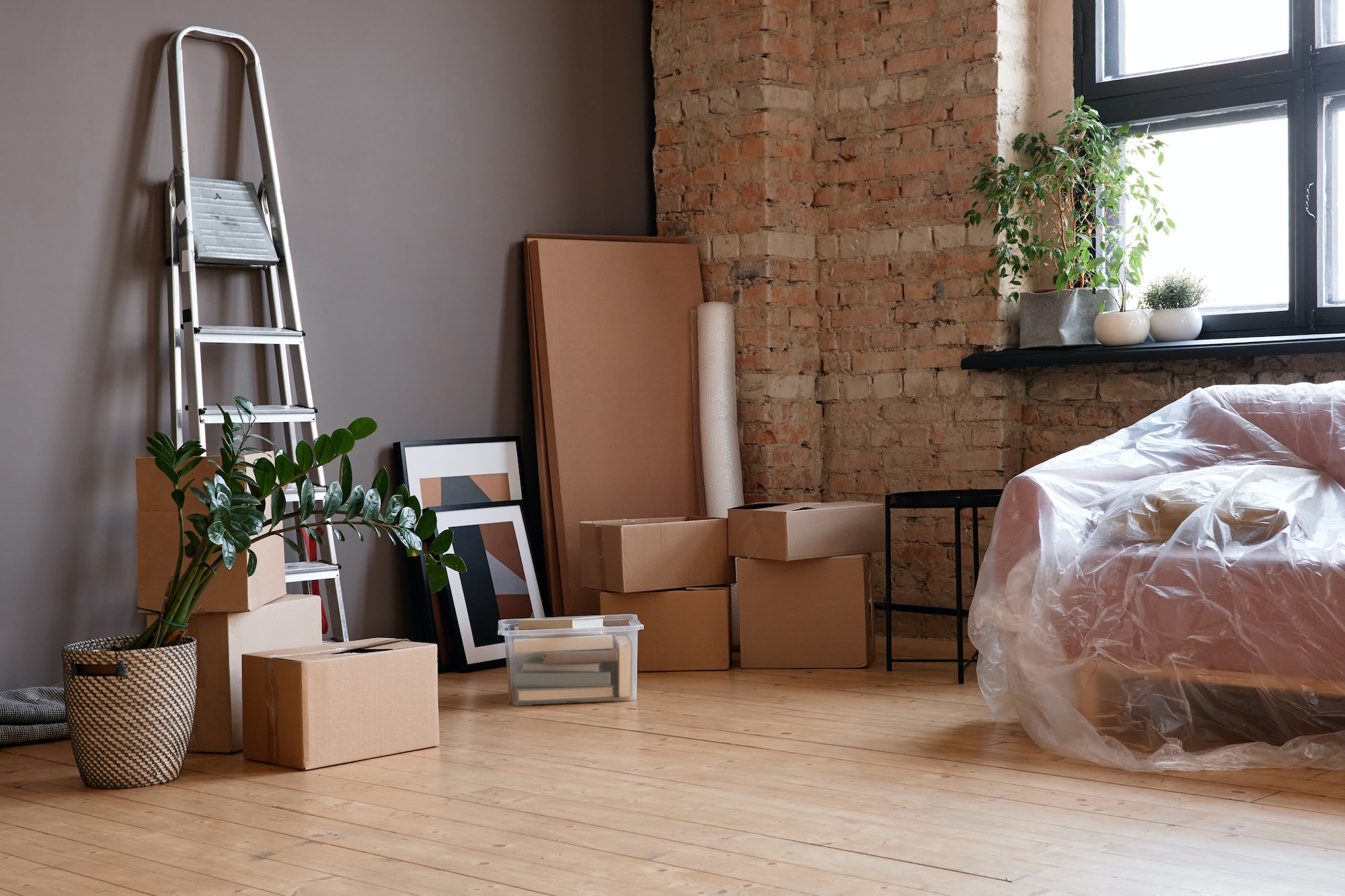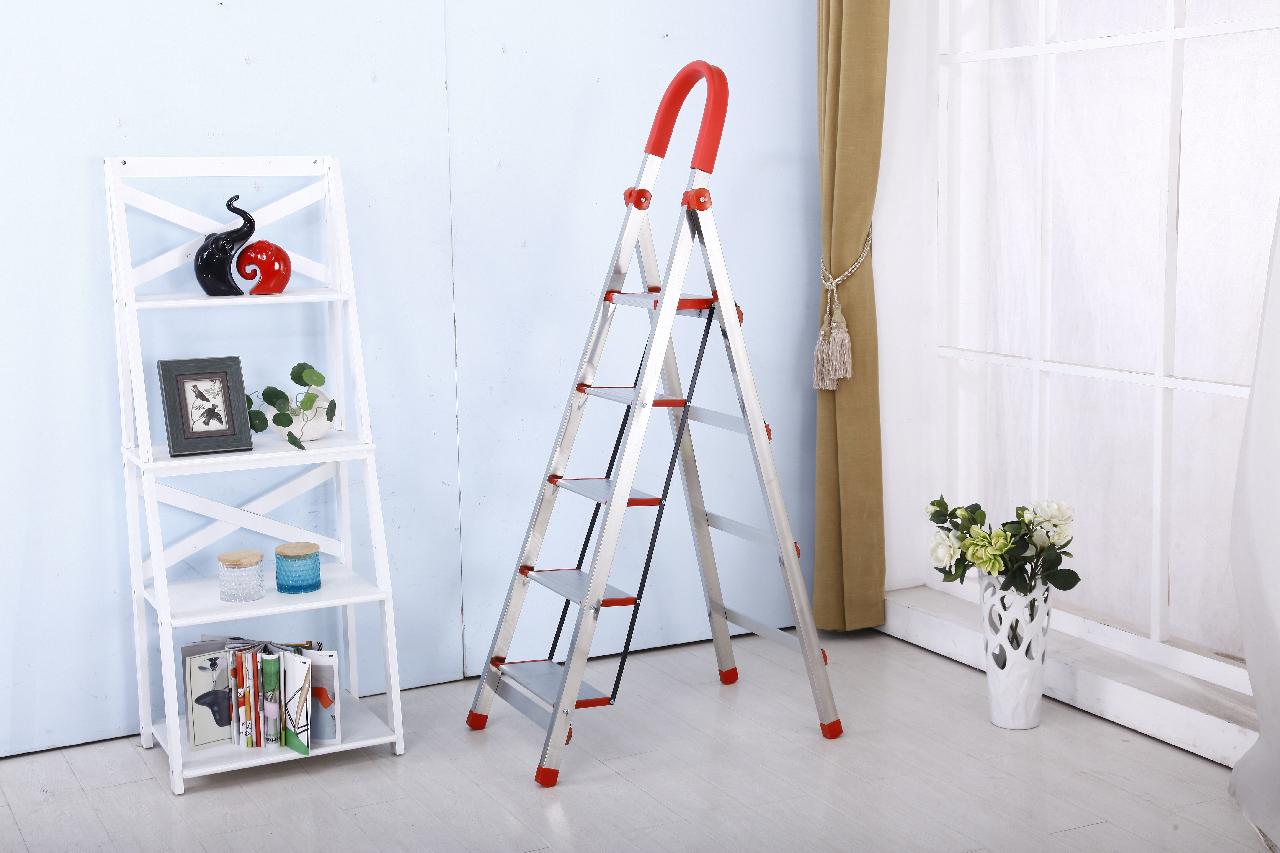Skirting boards, often overlooked or dismissed as mere architectural elements, play a significant role in enhancing the overall aesthetics and functionality of a space.
These humble additions, also known as baseboards or kickboards, serve as a bridge between the walls and the flooring. While their primary purpose is to cover the joint where the wall and floor meet, skirting boards offer a range of benefits that extend far beyond their utilitarian function.
Aesthetic appeal and finishing touch
Skirting boards have the power to transform a room from ordinary to extraordinary. They provide a polished and elegant finish to any interior, creating a seamless transition between the walls and floors.
Available in various materials, styles, and sizes, skirting boards can complement any interior theme. From simple and understated profiles to elaborate and decorative moldings, skirting boards add depth and character to a space, enhancing its overall visual appeal.
Protection against wear and tear
The area where walls meet floors is prone to wear and tear from foot traffic, vacuuming, furniture movement, and accidental impacts. Skirting boards act as a protective barrier, shielding the vulnerable bottom edges of walls from these potential damages.
Without skirting boards, the wall paint or wallpaper could get chipped or scuffed easily, leading to a need for frequent touch-ups. By covering this exposed area, skirting boards contribute to maintaining the pristine appearance of your walls, especially when used with skirting covers.
Concealing wiring and cables
In an increasingly digital age, the number of electrical appliances and devices in a household is on the rise. This often translates to a network of wires and cables snaking along walls and floors.
Skirting boards can serve as a clever solution to hide these unsightly cords. Some skirting board designs come with integrated cable management systems, allowing you to neatly tuck away wires while ensuring easy access for maintenance or changes.
Improved insulation
Skirting boards can contribute to improved insulation in a room. Gaps between the wall and floor can lead to drafts, resulting in temperature fluctuations and increased energy consumption. By sealing these gaps, skirting boards help create a more energy-efficient environment, keeping your space warmer in the winter and cooler in the summer. This can ultimately lead to cost savings on your energy bills.
Easy maintenance and cleaning
Cleaning the junction between walls and floors can be a challenging task, especially if dirt and debris accumulate in the tight crevices. Skirting boards create a barrier that prevents dust, dirt, and pet hair from settling into these gaps. As a result, regular cleaning becomes much more manageable, saving you time and effort in maintaining a clean-living space.
Defined aesthetic borders
Skirting boards create a visual boundary between the walls and the floor, helping to define the proportions of a room. By adding an element of separation, they contribute to a more structured and balanced appearance. This can be especially beneficial in open-concept spaces where demarcating different areas without using walls is important.
Skirting boards are much more than functional elements to cover joints; they are design elements that offer a multitude of benefits.
From enhancing the aesthetic appeal of a room to providing protection and defining spaces, skirting boards play a pivotal role in elevating the overall ambiance and functionality of your living spaces. To enhance the functionality and durability of your skirting boards, you may consider getting skirting covers.
Discover more from Futurist Architecture
Subscribe to get the latest posts sent to your email.



